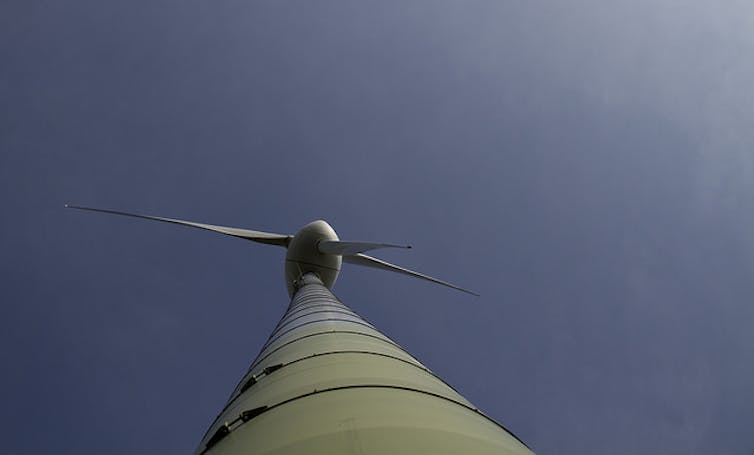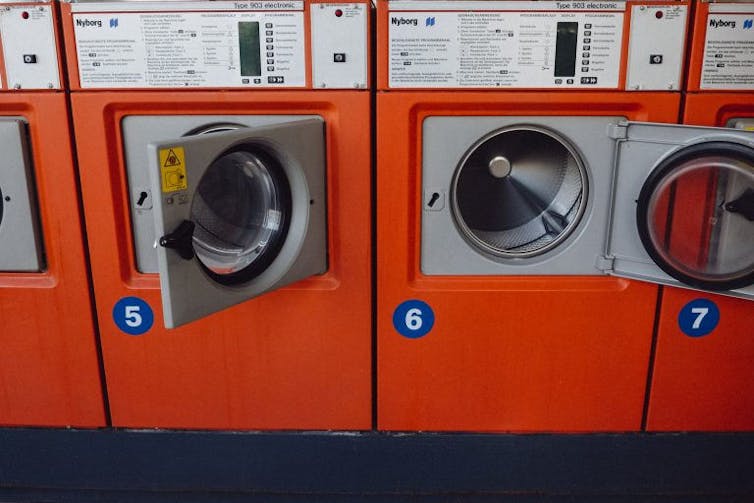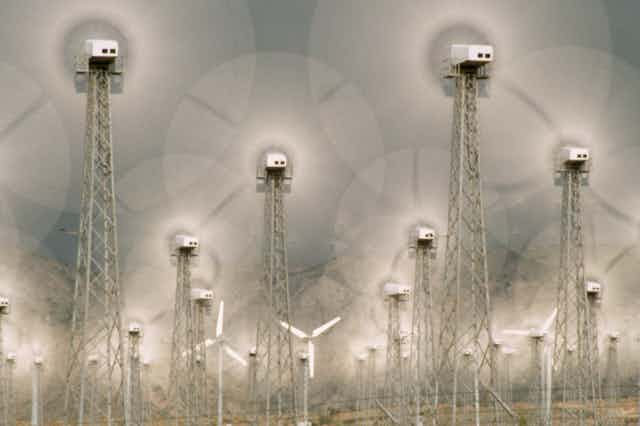The amount of electricity generated in the UK from renewables such as wind and solar is growing year on year. Recent analysis by the Carbon Brief revealed that solar panels generated more electricity than coal over six months – from April until the end of September – for the first time ever, while the amount of electricity generated from renewables increased from 19% in 2014 to 25% in 2015. While the growth of renewables is helping to reduce carbon emissions and tackle climate change, balancing the availability of these resources with varying levels of electricity demand can be a challenge.
Wind power accounted for 11% of UK electricity generation in 2015, providing enough electricity to meet the demand from 30% of UK households (over 8m homes). However, high levels of generation from wind power can sometimes lead to problems. During the summer – when electricity use tends to be lower – there can be periods when there is not enough demand to use all of the electricity being generated.
At such times, National Grid is sometimes forced to pay wind generators to reduce their output to ensure that supply matches demand. Although this helps to keep the system in balance, this ultimately leads to higher bills for electricity consumers.

Waste not
If demand for electricity could be increased during these periods of oversupply, the electricity generated from wind power could be used rather than going to waste. One way to achieve this is through demand-side response: whereby users change the amount of electricity they use at certain times. For example, during the summer of 2016, forecasts of too much generation prompted National Grid to launch a demand turn-up scheme, under which 12 energy-intensive organisations could be called on to increase the amount of electricity they were using if the system was oversupplied.
However, this too comes at a cost: National Grid paid the organisations £1.50 per megawatt/hour to take part in the scheme, and between £60 and £75 per megawatt/hour when called upon to respond. It amounts to a significant subsidy.
It is not only large electricity users that can help to manage variable generation from renewables. Domestic electricity customers can play a part in balancing renewable energy availability with demand by using more or less electricity at certain times. The Low Carbon London dynamic time-of-use trial examined the response of over 1,000 domestic customers to electricity prices that varied according to the amount of electricity being generated from wind. The study found that “residential customers are keen to engage and actively participate in modifying their electricity consumption”.

On average, trial households increased their electricity use by 100 watts per hour when they were charged lower prices (periods of high wind) and reduced their electricity use by a similar amount when they were charged higher prices (periods of low wind).
On schedule
But people can also be encouraged to engage in environmentally friendly behaviour without receiving any financial incentives at all. A recent study by researchers at the Sussex Energy Group found that when households were notified by text message of times of high or low wind generation and asked to try to alter the amount of electricity they used accordingly, they used 10% less electricity during periods of low wind and 5% more during periods of high wind. The study was conducted over four months in 2015 and involved 46 households across Southeast England.
Electricity customers can also help to reduce carbon emissions by scheduling appliance use in their homes for certain times. During the peak demand period from 4pm to 7pm on weekdays, producing electricity leads to more carbon emissions than at other times because more carbon-intensive forms of generation are required. If domestic customers used energy-intensive appliances – such as washing machines, tumble dryers and dishwashers – outside this period, they could help to reduce the associated carbon emissions.

When electricity customers are notified of periods of peak electricity demand through displays on energy monitors, they use less electricity at these times, according to a study conducted by energy analytics company Onzo, which is no longer available online. Between October 2010 and June 2011, 25,000 households were given energy monitors which highlighted the peak demand period between 4pm and 7pm. Customers responded by reducing electricity use by an average of 5% during this period.
If this response were reproduced across all UK households, this would reduce peak electricity demand by 745 megawatts – the equivalent of Uskmouth B coal power station in Wales running on full power for two hours. This would clearly lead to a significant reduction in carbon emissions.
Although in the Onzo study customers received notifications on devices, these are not necessary for people to engage in demand-side response. Environmentally conscious consumers could contribute to a lower-carbon electricity system simply by using their appliances outside of the peak demand period. However, for this to happen at scale, electricity customers need to understand that it is not only by using less electricity that they can help to tackle climate change – it can all come down to a matter of timing.

